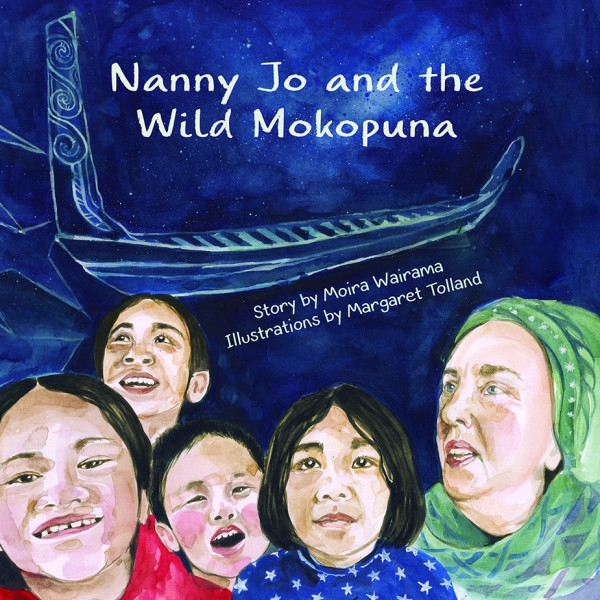
Top Girls
Written by: Caryl Churchill
Directed by: Bel Campbell
Gryphon Theatre, 2nd Aug 2023
Reviewed by: Tanya Piejus
Written in 1982 at the height of Thatcherism in the UK, Top Girls is Caryl Churchill’s landmark feminist lament on motherhood, women in the workplace, ableism, and individualist versus collective thinking.
Bel Campbell’s new production for Wellington Repertory Theatre wisely treats it as a period piece with 80s staging and costuming. Some of the script inevitably feels dated, especially in the second act in an uncompromising, female-run recruitment agency where other women are considered only worthy of secretarial jobs in cosmetic and knitwear firms. However, the final act in particular – where estranged sisters argue about politics and the disabled daughter of one of them suffers because of their unresolved conflict – feels very relevant to contemporary societal divisions.
All of the highly competent cast, except Rachel McLean as central character Marlene, play multiple roles and do it with skill, cleverly adapting their voices and bodies to each part. A highlight is Shemaia Dixon’s Dull Gret, a devil-battling warrior woman painted by Bruegel in 1563, who says little but eats a lot – principally everyone else’s food – in the opening scene of a celebratory dinner. Susannah Donovan’s Pope Joan is also entertaining as she relates a hilariously horrifying story of giving birth in the middle of a street parade, then gets progressively drunker and can’t remember her Latin.
The T-shaped, three-quarters set (Sam Hearps) provides an intimate space for tough themes and allows the cast to deliver the many asides to the audience in the first act. However, it does give them challenges in terms of projection, particularly with many overlapping lines in the script.
The pink-based lighting design (Jamie Byas) works well and the sound design (Campbell) containing songs of the era effectively maintains the 80s vibe. Wardrobe (Carol Walters) is era-appropriate, although the odd lining and petticoat would stop manmade fabric sticking awkwardly to pantyhose.
Overall, this is a strong production of a difficult play, and all involved should be commended for taking it on.






















